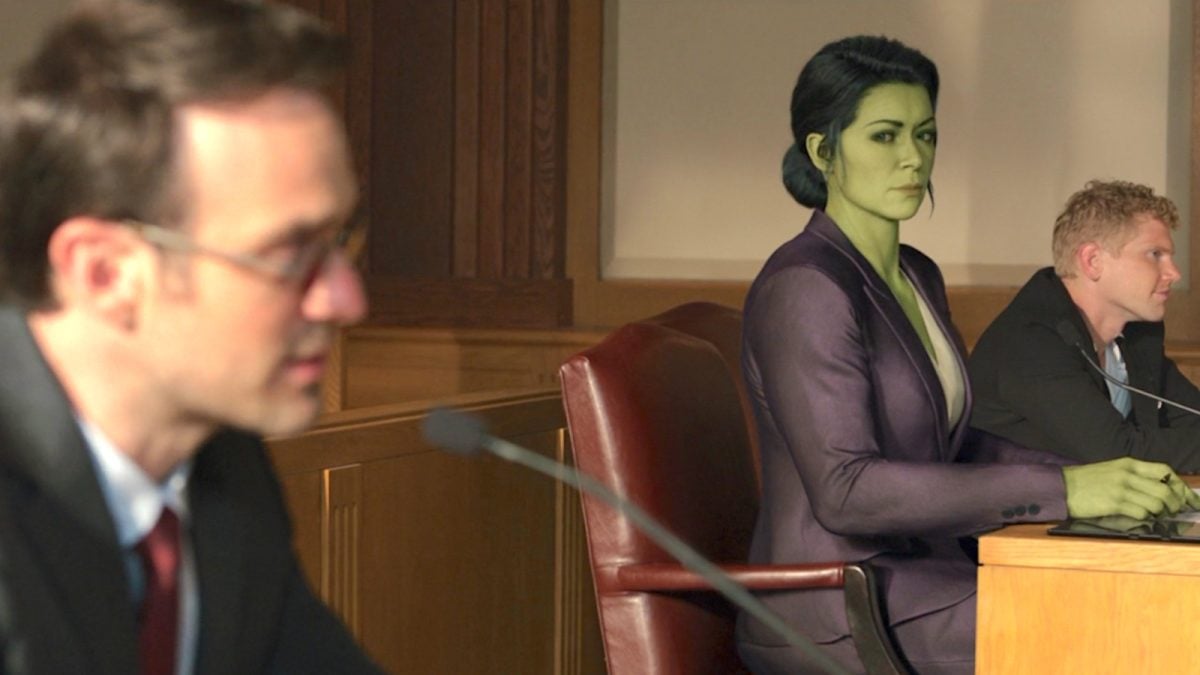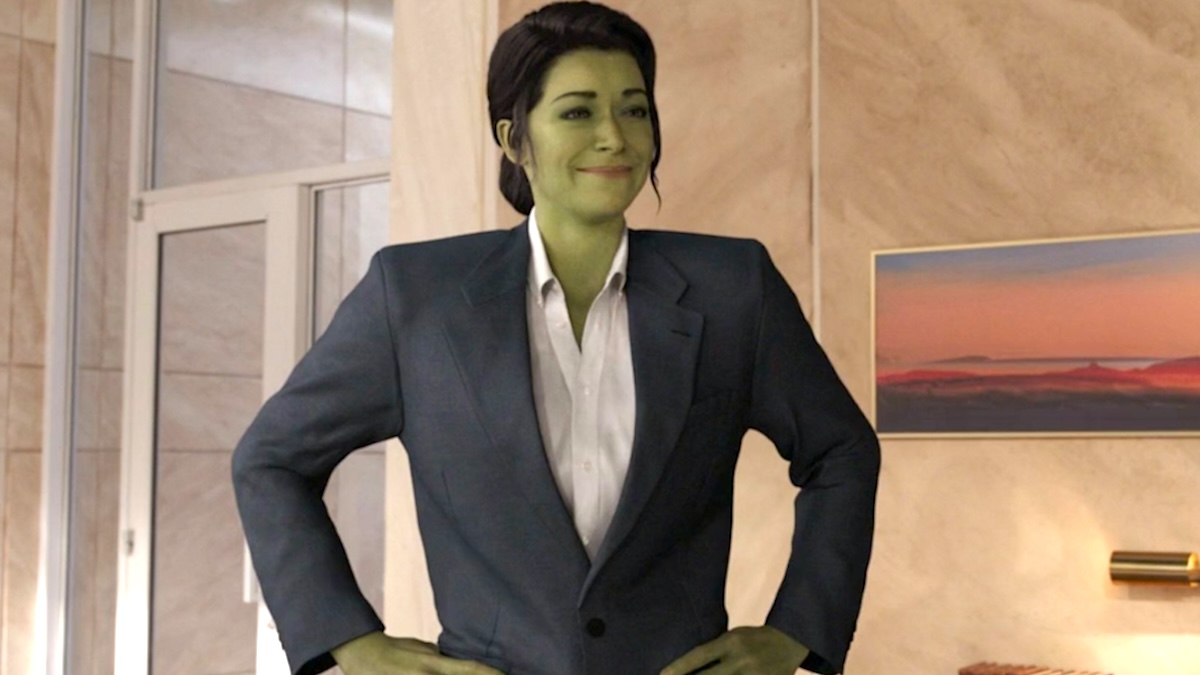Marvel’s visual effects team has taken a boatload of flack for the MCU’s shoddy quality in recent years, but the time may have come for Kevin Feige to face the music.
You remember it. I remember it. No one can forget the time when Marvel’s Disney Plus series She-Hulk: Attorney at Law unveiled its first look at Tatiana Maslany’s Jade Giantess, only to cause an entire meltdown on the internet over what appeared to be a half-baked attempt to render a video game-looking character onto the small screen.
At the time, Victoria Alonso, the former president of physical production, post-production, VFX, and animation at Marvel Studios, was blamed for the fiasco, but according to a staffer who worked on She-Hulk, the real blame belongs to Feige.
“The so-called bad VFX we see was because of half-baked scripts,” they said, according to Variety. “That is not Victoria. That is Kevin. And even above Kevin. Those issues should be addressed in preproduction. The timeline is not allowing the Marvel executives to sit with the material.”
The way they put it, She-Hulk experienced a massive alteration to its script that essentially turned episode 8 — the episode depicting the origin story of Maslany’s She-Hulk — into episode 1. Consequently, the VFX team was left scrambling to meet the unexpected deadline, the first of many last-minute changes that have eroded Marvel’s team from the inside out. All because Feige jumped on board too late in the game, long after the scripts had been written, the scenes had been shot, and the post-production work had been started.

Feige’s bread-and-butter approach to the MCU has always been to work his magic in post-production, once everything’s been completed, so he can give the thumbs up or the thumbs down. But due to the studio’s never-ending stream of Phase Four and Phase Five projects, he’s been “spread thin” and his last-minute onboards have become less and less effective.
Not only has this practice caused a decrease in quality, but also an increase in frivolous spending on avoidable changes. She-Hulk wound up spending around $25 million per episode, more than even the final season of Game of Thrones spent on its finale episode for its grandiose and climactic battle sequence, according to the report.
Ant-Man and the Wasp: Quantumania experienced a similar outcry of shock for its VFX when the post-credit scene revealed an army of Kang variants that looked just as bad as Maslany’s Green Goliath. Except this time, it was on the big screen.
“There were at least 10 scenes where the visual effects had been added at the last minute and were out of focus,” commented one veteran power broker regarding Quantumania. “It was insane. I’ve never seen something like that in my entire career. Everyone was talking about it. Even the kids of executives were talking about it.”
Marvel’s unrealistic deadlines and lack of front-end quality control resulted in its VFX team voting to unionize this past August. Disney’s VFX team quickly followed suit a few weeks after. Should Marvel Studios wish to prevent its VFX erosion from spreading to other aspects of the MCU (if it hasn’t already), it might be high time Feige and co. change their approach to filmmaking. The fate of the multiverse depends on it.

